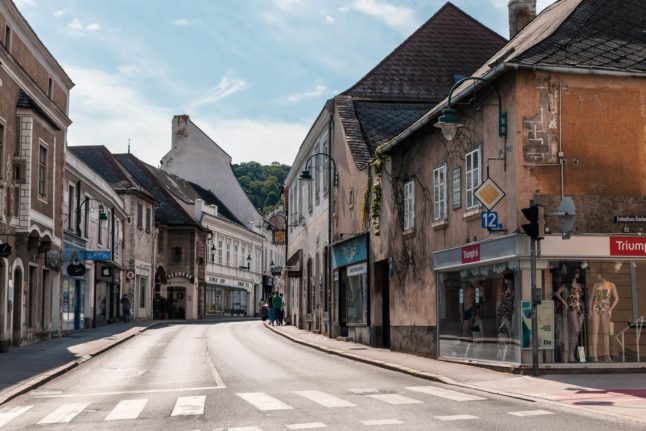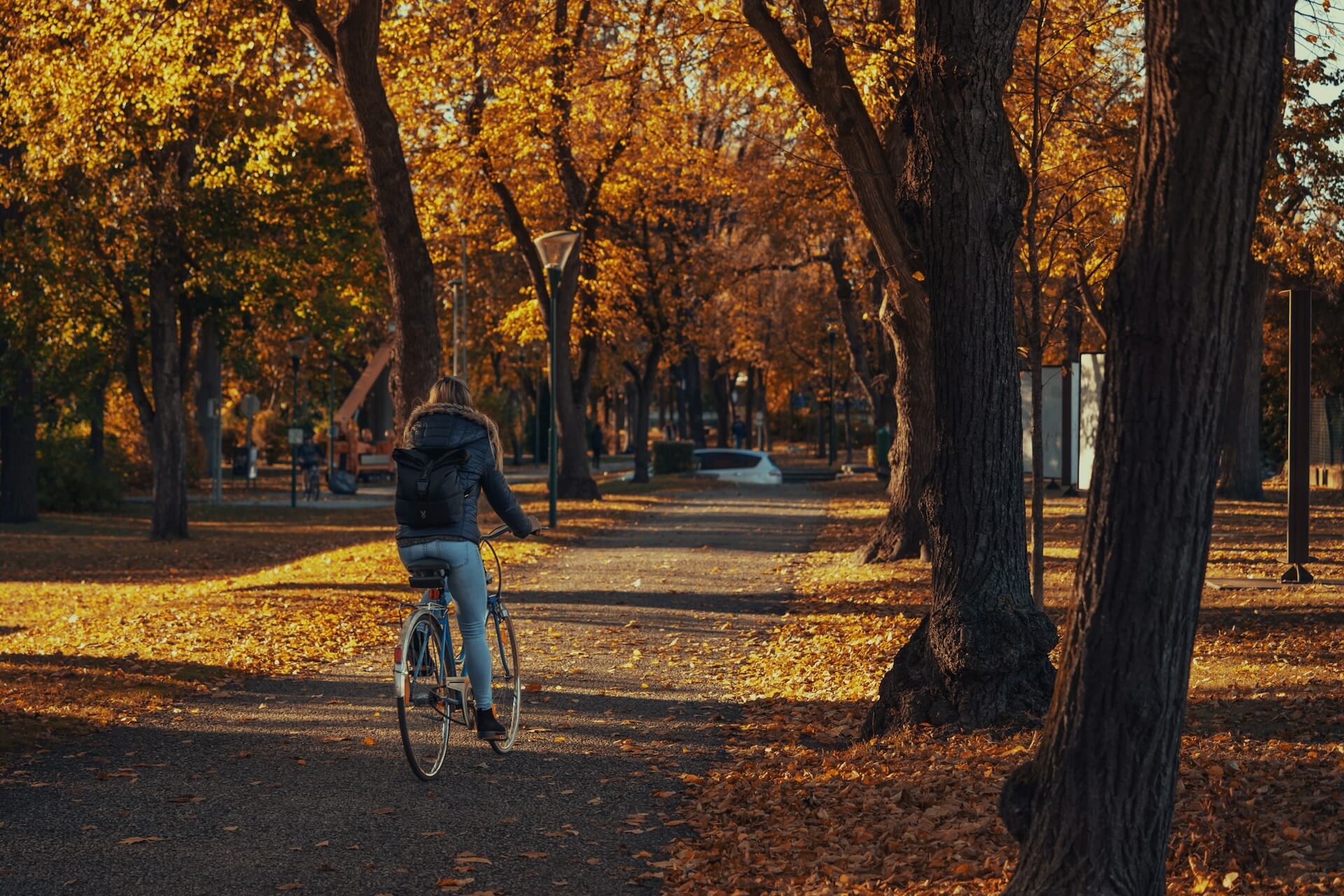Anyone that has set up a business as a freelancer in Austria will know how confusing it can be. Especially if they are from countries like the UK and US where starting a business as a sole trader is fairly easy.
In Austria though, there are several steps to registering as self-employed, with limited information in English on how to navigate the process.
So to help foreigners in Austria get started, we spoke to Vienna-based business consultant Miglena Hofer to break down the steps when registering as self-employed.
READ ALSO: EXPLAINED: What can I deduct from my tax bill in Austria?
Obtain a business licence (or not)
The first step to becoming self-employed in Austria is finding out if you need a business licence.
Sounds simple enough, right? But for those without strong German language skills, it can quickly become tricky.
Miglena Hofer told The Local: “There is a lack of information about the process in English, especially explanatory information.
“In Austria there are also different types of self-employed people. The two main types are business owner and operator, and the new self-employed [such as writers, photographers].”
“Almost everything requires a business licence in Austria. Even if you only intend to cover costs with your work, it still counts as a business.”
READ NEXT: ‘Brutal’: What it’s really like to learn German in Austria
The Ministry of Labour and Economics has a list of regulated trades that need a business licence in Austria (only available in German). Professions include electrician, hairdresser, florist and masseuse.
If you do need a business licence, an application has to be submitted by the first day you plan to start working in your business.
To apply for a licence, visit the Gewerbeinformationssystem Austria (Business Information System Austria). This website has the option to translate the information into English.
Any professions that don’t require a business licence, like journalists, artists and teachers, are classed as new self-employed (Neu Selbständige) and can move on to the next steps.
Notify the tax office
This involves filling in the form Verf24 and sending it to the tax office (Finanzamt) to inform them that you are self-employed. There is a deadline of four weeks after you have started operating for this part of the process.
You also have to make an appointment at the WKÖ (Austrian Economic Chamber) and become a member. This involves paying an annual fee (which varies depending on the type of business) and in some places, like in the Alps, you might have to pay a tourist tax.
However, finding information or help in English at this stage can be difficult, and business consultant Miglena advises anyone struggling to reach out for help.
FOR MEMBERS: Digital nomad visas: How does Austria compare with other countries?
She said: “Many Austrians refuse to give advice in English, which is a curious thing. This applies to all kinds of professional services, but it’s important that we are understood.
“I don’t want people to be afraid. I want to make starting a business in Austria easy. Once you know how to do it, it’s fine. But it’s easy to feel lost and be overwhelmed by legal German words.”
Set up social insurance
The final stage in the process is to register with SVS – the social insurance fund for self-employed people in Austria.
It is mandatory for everyone living in Austria to have social insurance (or comprehensive private health insurance). It gives people access to public health care and includes pension contributions.
Registering with SVS has to take place within four weeks from the date of starting a business. You will then receive an e-card (if you don’t already have one) and start paying social insurance bills on a quarterly basis.
The good news about SVS payments though is that they are tax deductible, so don’t forget to include them in your bookkeeping.
Useful vocabulary
Business registration – Gewerbeanmeldung
Business licence – Gewerbeschein
New self-employed – Neu Selbständige
Social insurance – Sozialversicherung
Tax – Steuer
Tax office – Finanzamt
Useful links








 Please whitelist us to continue reading.
Please whitelist us to continue reading.
Member comments